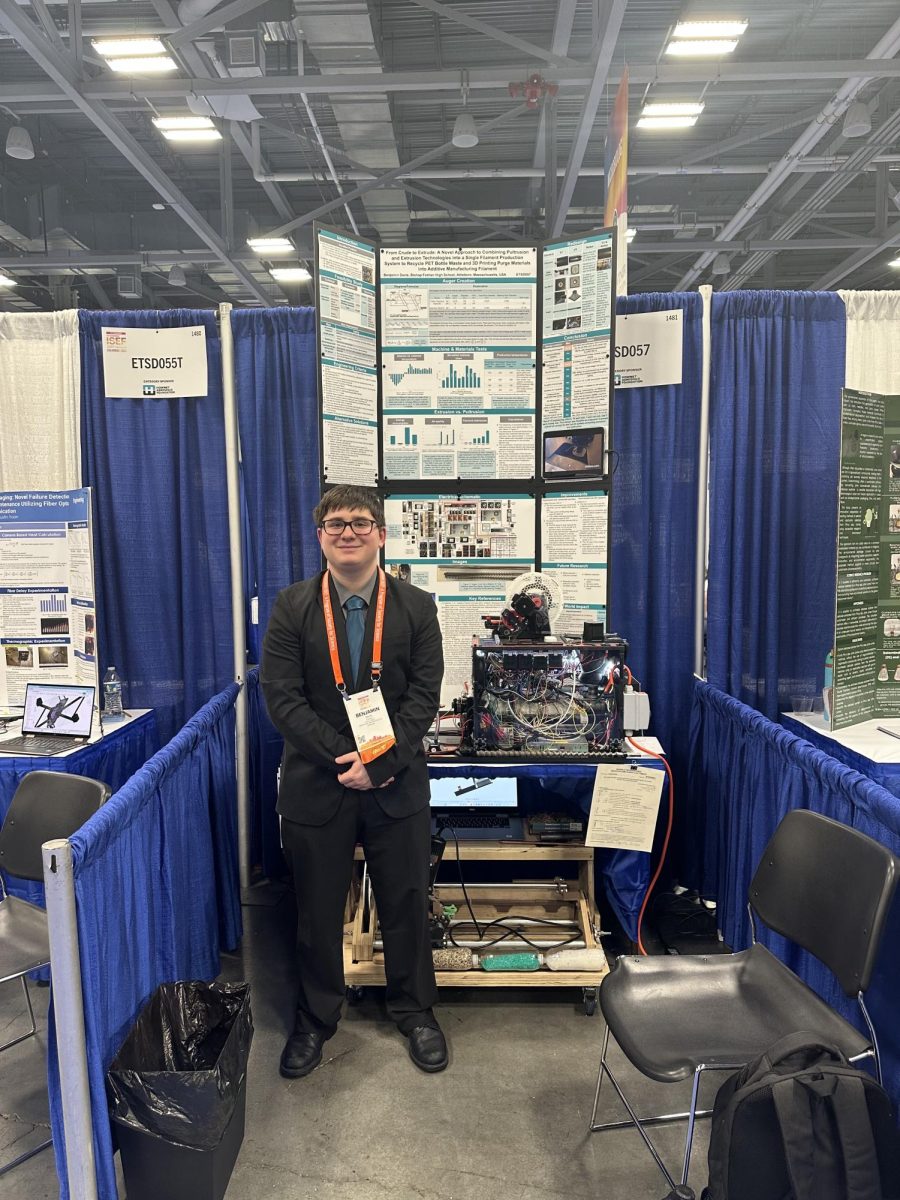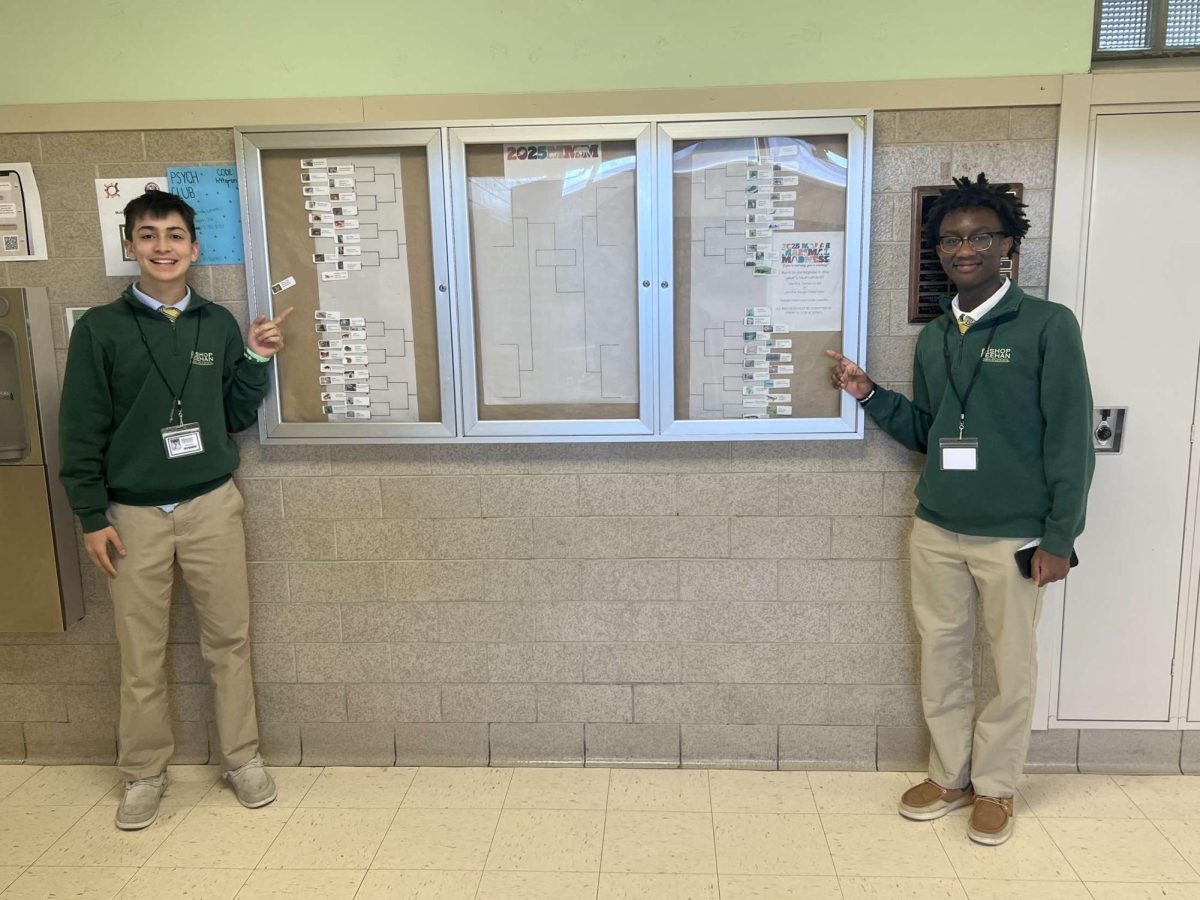New York was recently hit with an earthquake of a magnitude of 4.8 on Friday, April 5th. Not only was this earthquake in an unusual spot, it was one of the largest earthquakes on the East Coast in the last century. So what did this look like? Many people living in New York City described the earthquake as a “violent rumble” or “vibration” that lasted a couple of minutes, according to Charita Walcott, a resident in the Bronx. Many others noted that items on the walls of the building were thrown around from the shaking; along with this, people reported buildings rocking and even those living outside of New York described feeling a jolt or sudden shaking. Those as far as 100 miles away communicated that they too had felt the shaking from the earthquake. Although the earthquake was of considerable magnitude, there were no reported injuries or damages from this natural disaster. The earthquake however did raise concerns about the infrastructure and structural stability of New York City buildings. Following the earthquake, bridges, tunnels, buildings, and other landmarks were checked for safety reasons to ensure that they were not prone to destruction. Luckily, there were no cases during this earthquake that reported any infrastructure damage, however, it encouraged New York official Douglas Schmucker to push for more frequent inspections in the future and to secure the stability of New York City buildings for safety reasons.
The earthquake’s epicenter, the point on Earth’s surface above the position where the earthquake originates in Earth’s crust, was in Tewksbury, New Jersey, which was only 40 miles from New York City. Why are earthquakes so rare on the East Coast? Earthquakes are formed through subduction, or the process of one plate tectonic being pushed underneath another, and because the West Coast contains the Pacific plate being pushed under the North American plate, earthquakes happen more frequently than on the East Coast. With this being said, although earthquakes are less likely to occur on the East Coast, earthquakes are more likely to cover and affect a larger area on the East Coast compared to the West Coast. This is because the East Coast contains older rocks, which in turn make it harder for seismic waves to decrease and make the distance they have to travel from the surface much shorter. In contrast, because much of the geological makeup and rocks on the West Coast are composed of newer rocks, the waves have to travel further to the surface which causes more powerful earthquakes to avoid being felt widely. Because of the abrupt and unusual nature of the earthquake, New York residents and people on the East Coast in general are starting to wonder if this earthquake was a unique situation or if this could be a recurring pattern. This 4.8-magnitude earthquake was the largest earthquake New York has had in 100 years; the last large earthquake was in 1884 when New York City was struck by a 5.0-magnitude earthquake. Researchers have stated that because of the several small fault lines under New York, there are likely to be more earthquakes following this one. So what could this mean in the future? Although officials cannot say for certain, many predict a larger earthquake happening in the new future, although they have stated it is almost impossible to predict. This earthquake in New York City proved their point since it did not occur in the fault zone, traditionally believed by seismologists. Although earthquakes still remain a mystery to many researchers, we can prepare for them effectively by taking effective safety measures and infrastructure checks.
Sources:
https://www.reuters.com/world/us/magnitude-55-earthquake-strikes-new-york-new-jersey-emsc- 2024-04-05/
https://www.businessinsider.com/earthquakes-felt-further-on-east-coast-than-west-because-rock s-2024-4#:~:text=East%20Coast%20quakes%20tend%20to,travel%20further%20to%20the%20 surface.
https://www.theverge.com/2024/4/5/24122320/nyc-earthquake-bridges-infrastructure-concern



















